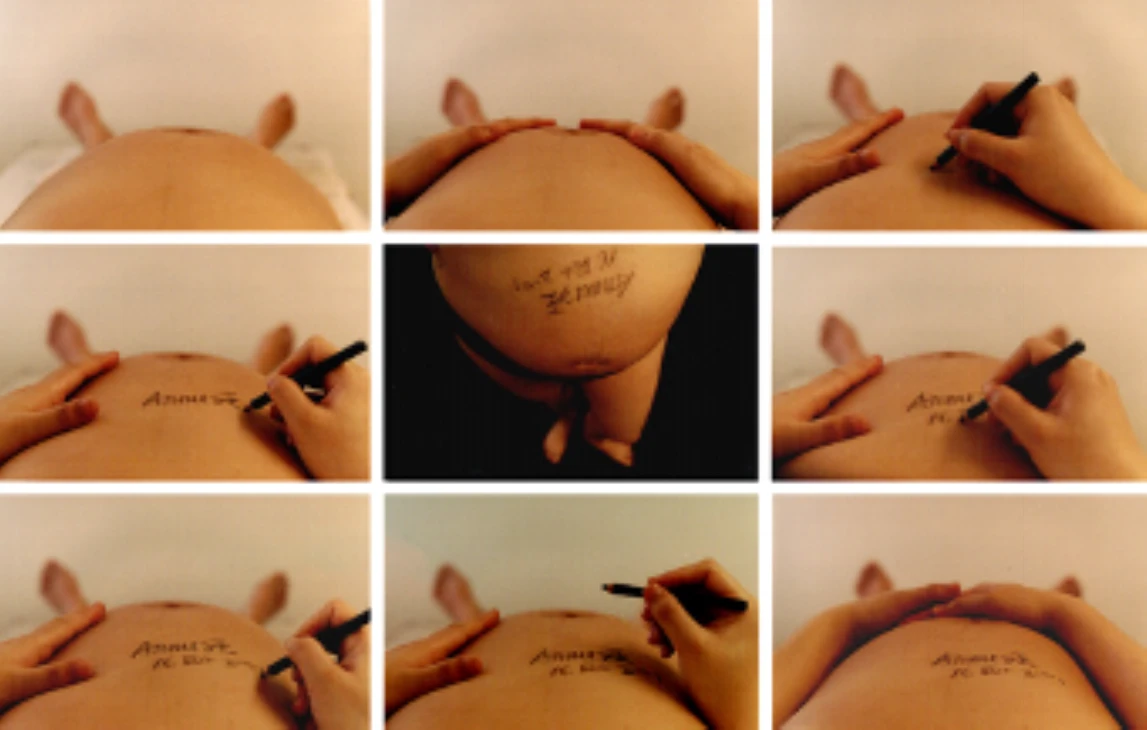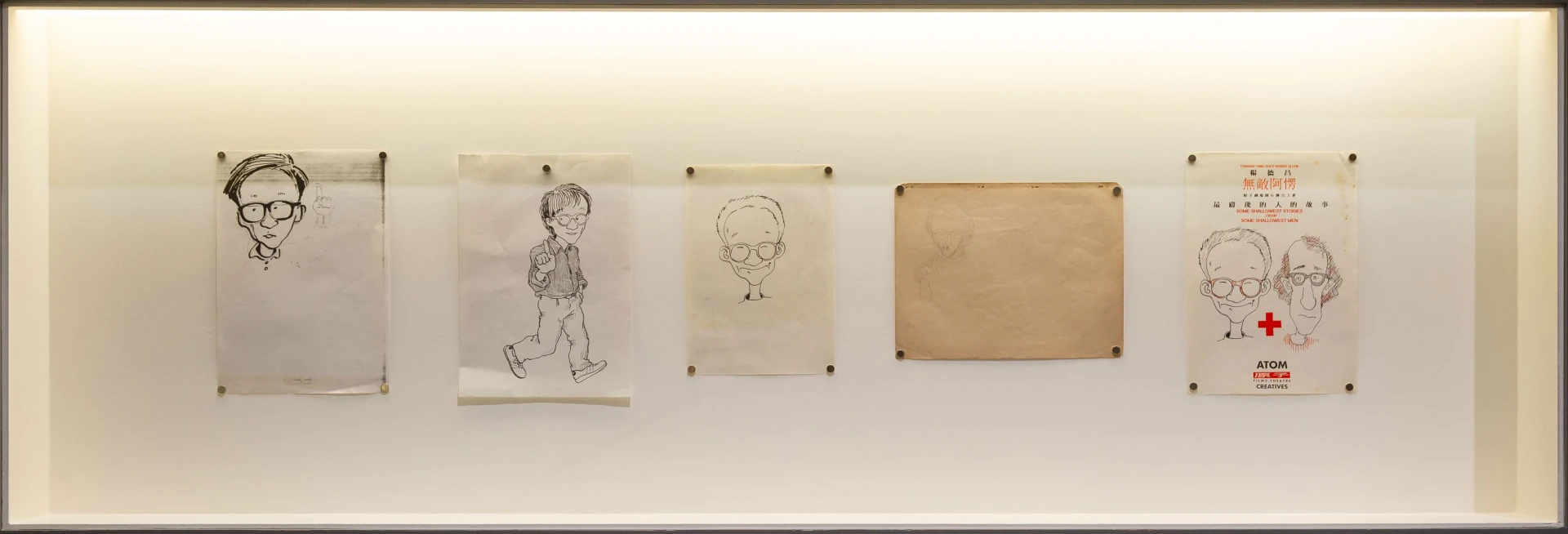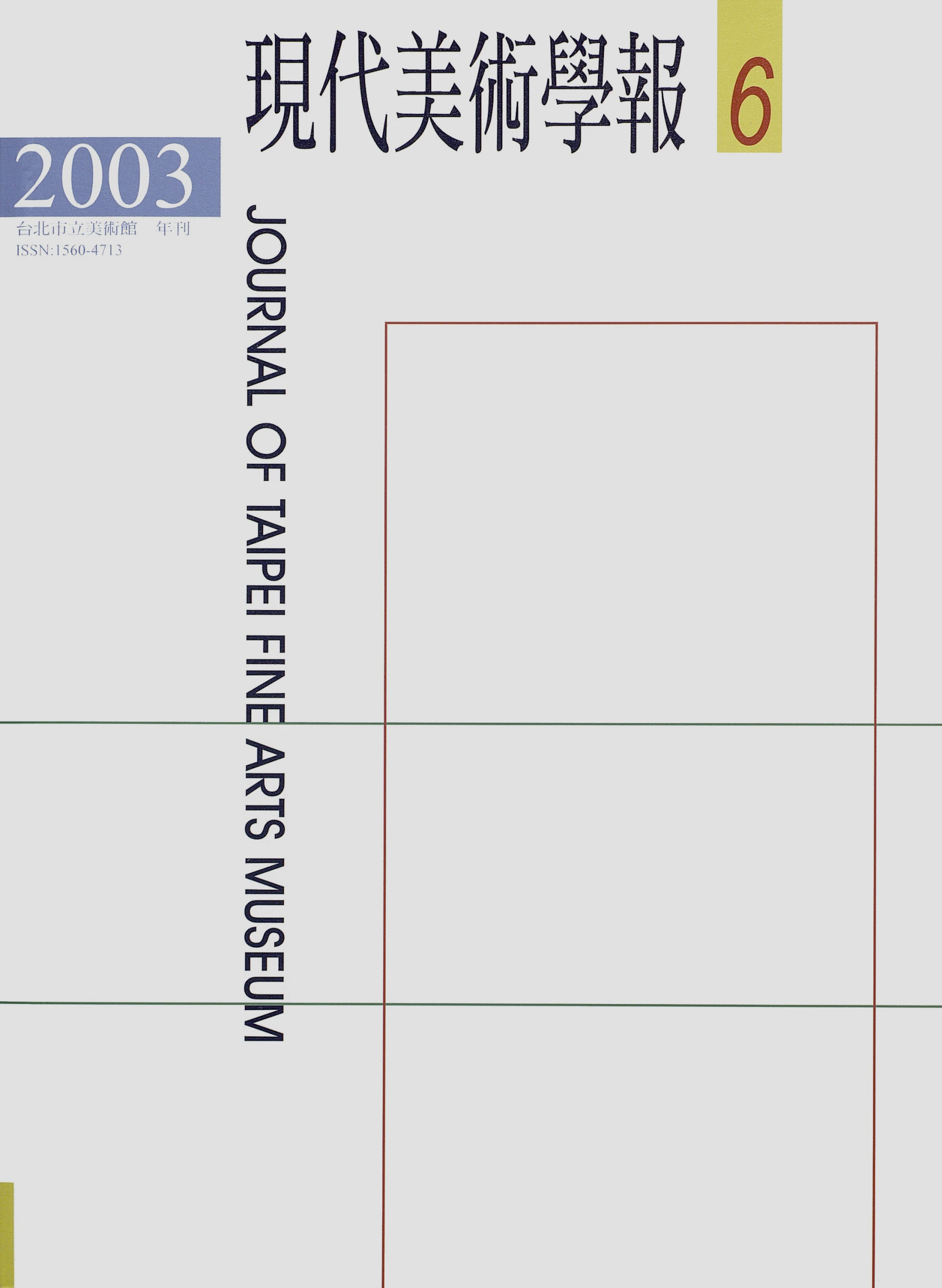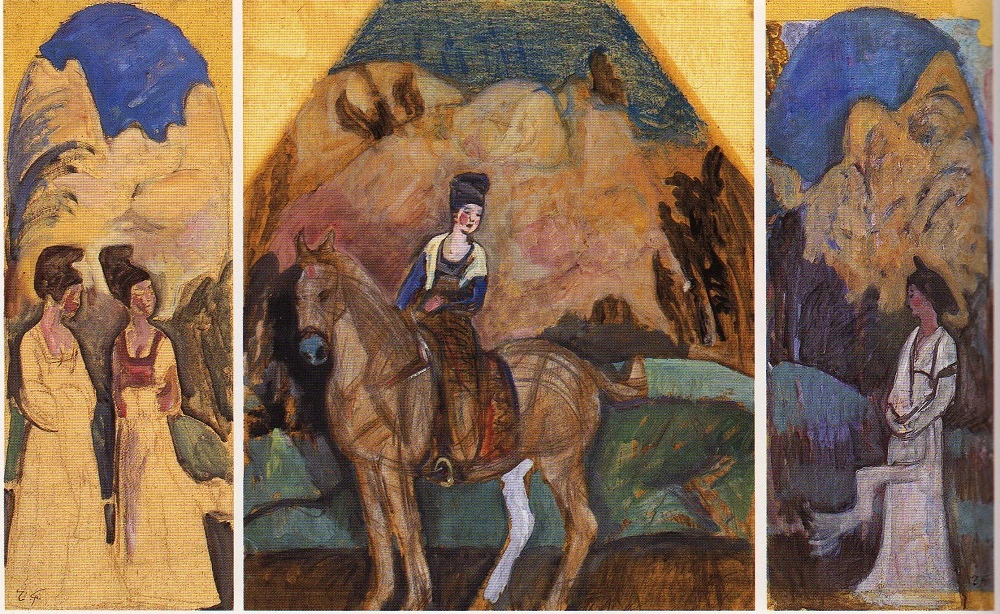摘要
本文以1946年戰後初期臺灣省行政長官公署於民政處下所特設的營建局為對象,考察1944年國民政府為接收臺灣所擬定一系列文化再構築相關政策在臺施行的狀況,與其對臺灣建築的影響——戰後「文化重建政策」對建築、營造界的意義。行政長官陳儀委派曾任中央大學建築系系主任、並身兼中國營造學社校理、中國建築師學會正會員的盧樹森赴臺擔任營建局局長,盼將其在中國學術與實務上的經驗帶來臺灣,藉由盧樹森對中國建築的理解,推進臺灣建築「去日本化、再中國化」文化改造的意圖。
盧樹森執掌的營建局,其業務包括接收日產、復興工作、營建設計、工程監督、住宅改進、擬定法規等相關事宜。此外,盧樹森在《臺灣營造界》發表的文章中,一方面謫貶日人所興建的日式建築、一方面盼望臺灣應向祖國看齊並發揚祖國建築之美,揭示其去日化、中國化的態度。
除此之外,盧樹森正式上任之前,即以私人事務所「永寧建築師事務所」的名義於1946年興建「臺灣銀行嘉義分行」,該案為戰後中國古典式樣建築在臺的濫觴——「再中國化」的代表,亦為官方政策指導「文化重建政策」脈絡下的產物。
關鍵詞
文化重建政策、戰後建築、戰後初期、民政處營建局、盧樹森
Abstract
The article is a study on the Construction Bureau, which was established by Taiwan Provincial Administrative Executive Office and was specially subordinated to the Civil Affairs Department, during the early post-war period in 1946. In analyzing the implementation of a series of policies related to cultural reconstruction policy, which was formulated by the Nationalist government for taking over Taiwan in 1944, the focus will be on the influence of these policies on Taiwanese architecture and the significance of the post-war "Cultural Reconstruction Policy" to the architectural and construction fields. Chief Executive Yi Chen appointed Shu–Shung Loo, who had been the chair of the Department of Architecture in National Central University, the proofreader of the Society for the Study of Chinese Architecture and the full member of Society of Chinese Architects, to be the director of the Construction Bureau. Yi Chen hoped to bring Loo's academic and practical experience from China to Taiwan. Yi Chen took advantage of Shu–Shung Loo's understanding of Chinese architecture to promote the intention of the cultural transformation under the "uprooting Japan; implanting China" in Taiwanese architecture.
Shu–Shung Loo became the director of the Construction Bureau, and was in charge of the acceptance of Japanese assets, reconstruction, construction design, construction supervision, housing improvement, drafting regulation, etc. Besides, Shu–Shung Loo published the articles in < Taiwan Construction Industry>. Those articles belittled Japanese-style architecture built by the Japanese; on the other hand, hoped that Taiwan should emulate the homeland and promote the beauty of the homeland's architecture. The articles revealed his attitude towards uprooting Japan and implanting China.
In addition, Shu–Shung Loo had established the "Bank of Taiwan - Chiayi Branch" with the name of the private firm "Yongning Architects" in 1946 before he officially took office. This case was the origin of the post-war Chinese classical style architecture and became a representative of "implanting China" in Taiwan. The case also was the product of the "Cultural Reconstruction Policy" guided bythe official policy.
Keywords
Culture Reconstruction, Post War Architecture, Early Post-War Period, Shu-Shung Loo






